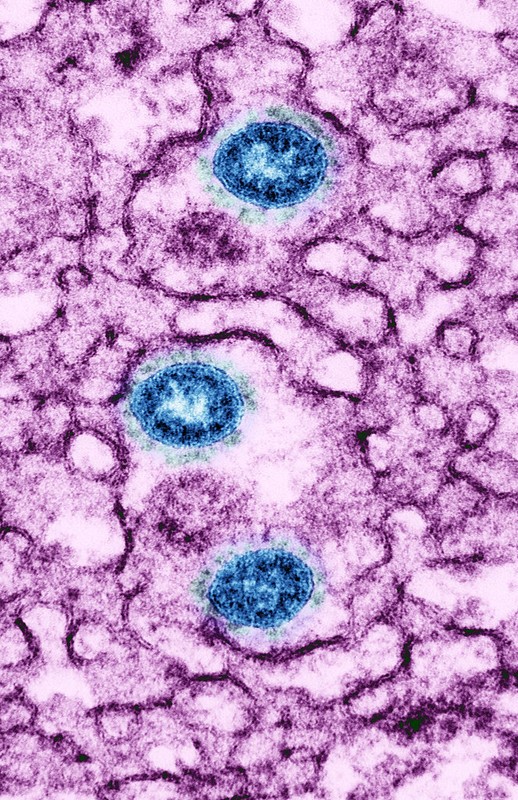
A study of patients with bloodstream infections (BSIs) caused by Klebsiella pneumoniae highlights the diversity of the opportunistic pathogen and the high in-hospital mortality risk in certain patients, researchers reported late last week in Clinical Infectious Diseases.
In the study, researchers used clinical and microbiology data to evaluate a cohort of patients with K pneumoniae BSI at Massachusetts General Hospital from 2016 through 2022. Although several studies have analyzed BSI caused by highly resistant or hypervirulent strains of K pneumoniae, few have attempted to understand K pneumoniae BSI in general clinical settings and evaluate risk factors for acquisition and in-hospital mortality.
1 in 6 infections multidrug-resistant
Among 562 patients with K pneumoniae BSIs, intra-abdominal infection (34%) was the most common source of infection, followed by urinary tract, central venous catheter, and respiratory infections. Twenty percent of K pneumoniae isolates were resistant to ceftriaxone, 3% were resistant to carbapenems, and 16% were multidrug-resistant.
A respiratory source of infection was associated with a more than five-times higher mortality rate (adjusted odds ratio [aOR], 5.35; 95% confidence interval [CI], 2.2 to 12.8) compared with other sources, as was resistance to the first antibiotic prescribed (aOR, 5.22; 95% CI, 2.2 to 12.4). Other independent risk factors of in-hospital mortality were intensive care unit admission (aOR, 5.06; 95% CI, 2.92 to 9.07) and hematologic malignancy (aOR, 4.48; 95% CI, 2.13 to 9.41).
Whole-genome sequencing of 94 K pneumoniae isolates revealed high diversity, with 70 sequence types represented, and no clusters of cases that were epidemiologically or genetically linked. Virulence factors associated with invasiveness were observed at a low prevalence.
"In our large, unselected cohort we found that K. pneumoniae BSI was not driven by a restricted population of bacteria with increased potential for invasion and dissemination, but rather by diverse strains with potential to cause invasive disease in compromised hosts," the study authors wrote, which they say suggests that either community acquisition is the driving factor or that there is a large reservoir of K pneumoniae strains in the healthcare environment.

 Infection with the SARS-CoV-2 Omicron variant is less likely to lead to long COVID than previous variants, and prior infection—but not monovalent (one-strain) vaccination—helps protect against persistent symptoms, suggests a
Infection with the SARS-CoV-2 Omicron variant is less likely to lead to long COVID than previous variants, and prior infection—but not monovalent (one-strain) vaccination—helps protect against persistent symptoms, suggests a  A
A  A
A 













